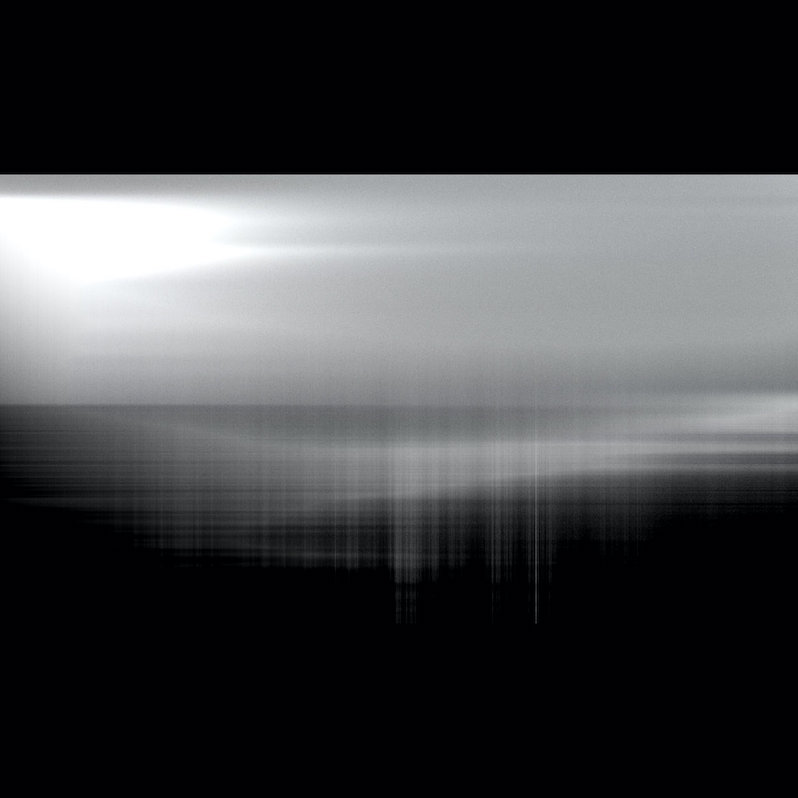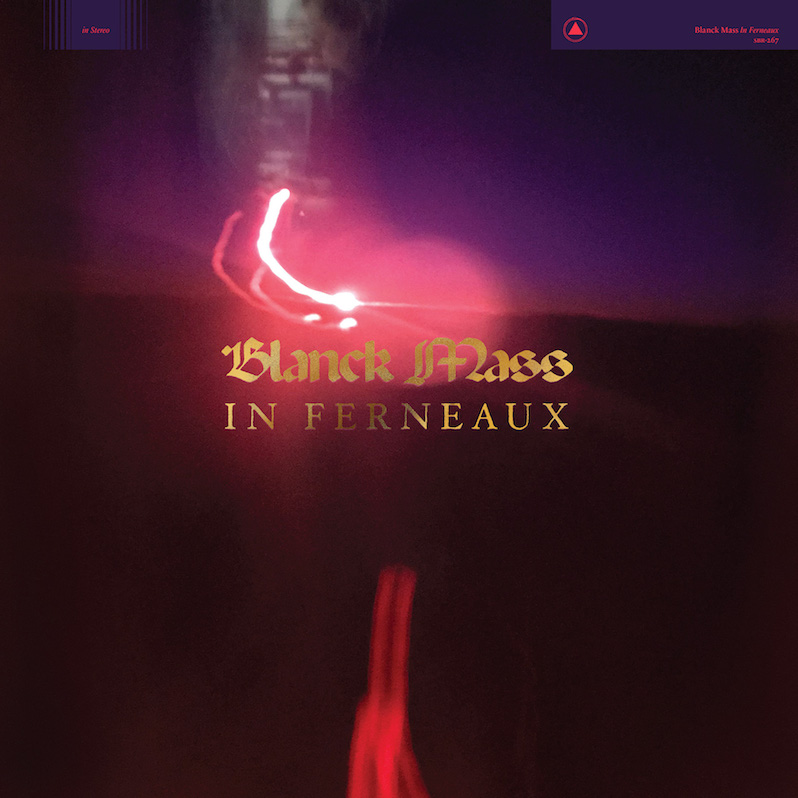Tomas Nordmark : Exit Ghosts

Influenced by film-scores from the likes of Tim Hecker, Arthur Russell and Philip Glass, Tomas Nordmark’s Exit Ghosts seems like a sort of musical cleansing: relinquishing a soundscape of tones that dance in the air, evaporating like it were mist in the daylight. In a minimalist vein, the album also expands the genre by creating strict structures (like using only one synth) and still squeezes so much out of them (and this is what, Nordmark remarks, he set out to do when creating it).
There is something alluring and strange about the sounds escaping from Nordmark’s Exit Ghosts. Are these sounds, these ghosts, of the landscape and its changing over time? They are mystical and unnerving, eerie tones that are as cold as the Nordic environment. Spirits of ice and frost and wind and tundra shimmering with the use of strings and ethereal vocals by South London duo Waterbaby. Tracks like “After Time” are expansive in their depiction of soundscapes—no doubt mirroring the landscapes of Nordmark’s mind, the images of his Scandinavian heritage. I am from Siberia, myself, and as I listened, I visualized the frozen rivers and the vast plains of snow.
In each track there are no real melodies per se, however, there are themes that expanded, evolve over time. Again, though, these themes always seem rather hazy. “Becoming”, the seventh track, incorporates vocals in discordant ways, revealing the beauty in the chaos—in the echoing effects employed. But because everything is floating about, it’s easy to get lost in the sonic flurries. Perhaps that is the intended effect Nordmark is going for. Unlike composers such as Estonian Arvo Pärt or Norwegian Ola Gjeilo, Nordmark goes for a spacey intermingling of sounds. Nordmark’s minimalism derives from using minimal instruments or vocals, not from using a scarcity of notes or repeated melodies with minute variations.
The last track, “Outsides,” begins as the others before it. The use of static-like interruptions is unique and almost makes it seem like the technological world is trying to break into the natural world. With squeaks and metallic scrapes (as if a metal chair was slide too fast over a floor), the piece comes and goes. It’s like standing beside a frozen lake and sounds, carried by gusts of wind, from all over the planet can be heard. But they are fragmented, disintegrated from their perfect original. They still carry with them a trace of beauty or sorrow, but they are no longer what they once were.
Exit Ghosts seems to be about this sort of decomposition. By using strange, eerie tones and musical themes, Nordmark plays with place, with setting, and the ideas of music around that place. These ghosts—these sounds—are voices of the wilderness, of the tundra and landscape of Scandinavia. They depict a home of cold and unusual tunes, morphed and changed by the winds. Nothing is constant, nothing is kept in one condition. It is always changing, and the ghosts are moving on now. The old sounds have been replaced, displaced with new sounds, and so they leave. Tomas Nordmark captures this idea of variation and the old turning into something new with delicacy and persistence. He has a reverence for sound, for unorthodox melodies and voices, and he creates tableaux of a changing environment where everything is in flux—even if the occasional, familiar noise is heard and remembered.
Label: Valley of Search
Year: 2021
Similar Albums:
Born in Krasnoyarsk, Russia, Konstantin Nicholas Rega currently attends East Anglia's famous MA in Creative Writing with the Ink, Sweat and Tears Scholarship. He is a professional musician, the former host/producer of Jazz Jams on CSRfm 97.4, and twice a Dan Veach Prize for Younger Poets finalist. He is the Fiction Editor for Crack the Spine and a contributor to The Black Lion Journal. He also blogs.




